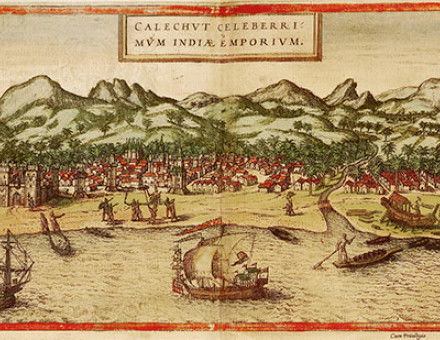Plenty and Want: The Social History of English Diet
For the English upper and middle classes, writes John Burnett, the nineteenth century was a period of huge and ostentatious meals; but “only during the last twenty years has the population as a whole been economically able to achieve an adequate diet...”



